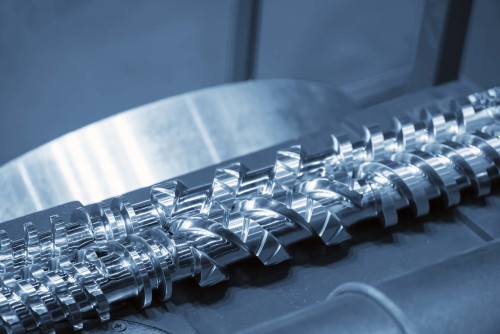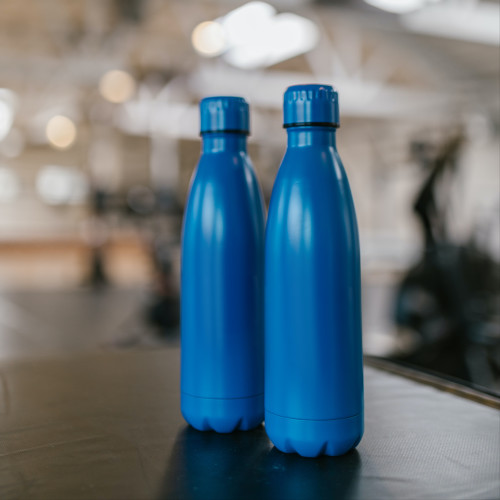Compression Molding
Compression Moulding is a method of moulding in which the polymer material, generally preheated, is first placed in an open, heated mould cavity. The mould is closed with a top force or plug member and pressure is applied to force the material into contact with all mould areas. Heat and pressure are maintained until the moulding material has cured. The process employs thermosetting resins in a partially cured stage, either in the form of granules, putty-like masses, or preforms.
Thermoset composites are the most common type of material used in compression molding. Thermoset plastics refer to flexible or rigid plastics that once heated and set to a shape cannot be re-moulded.












